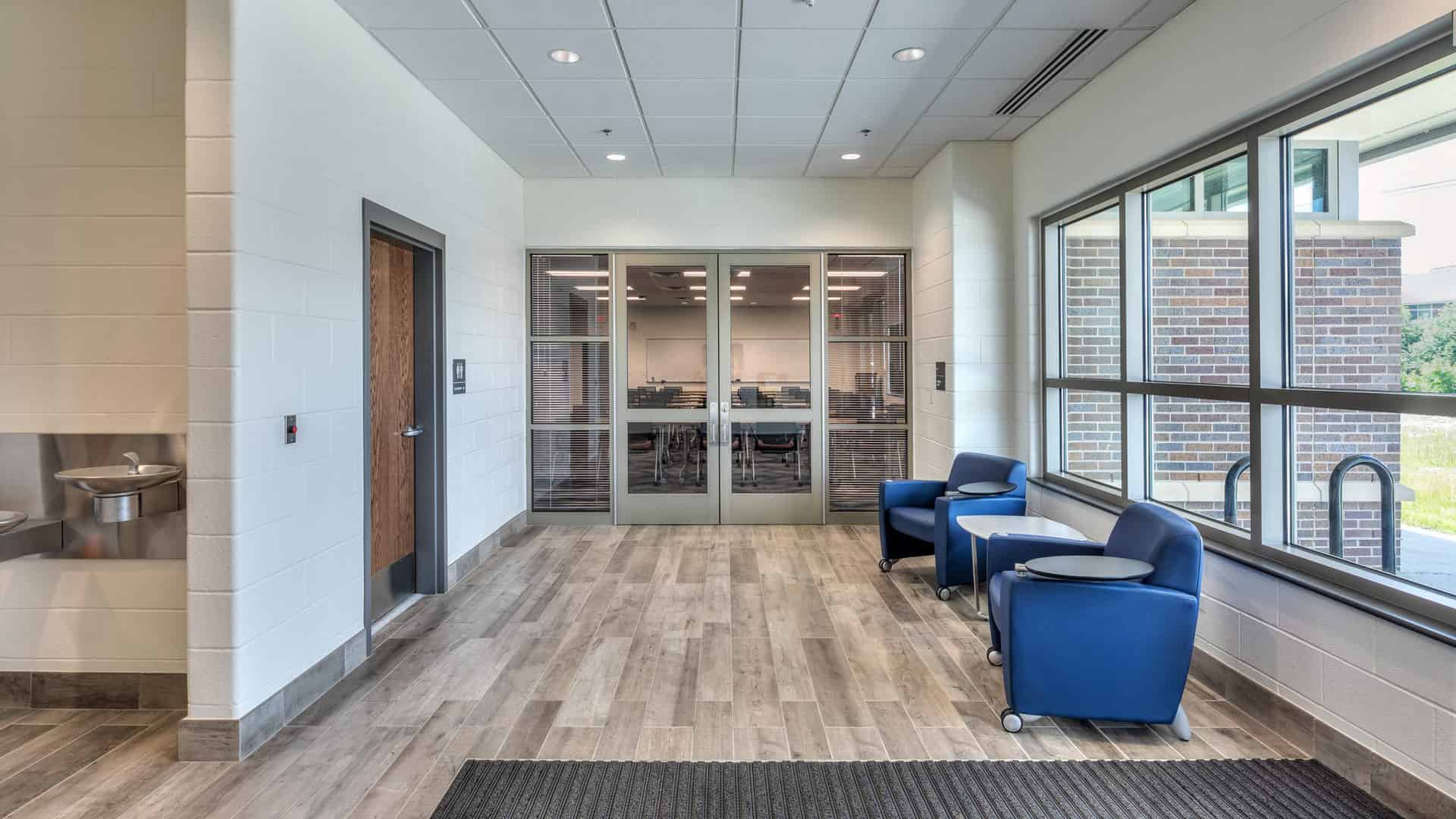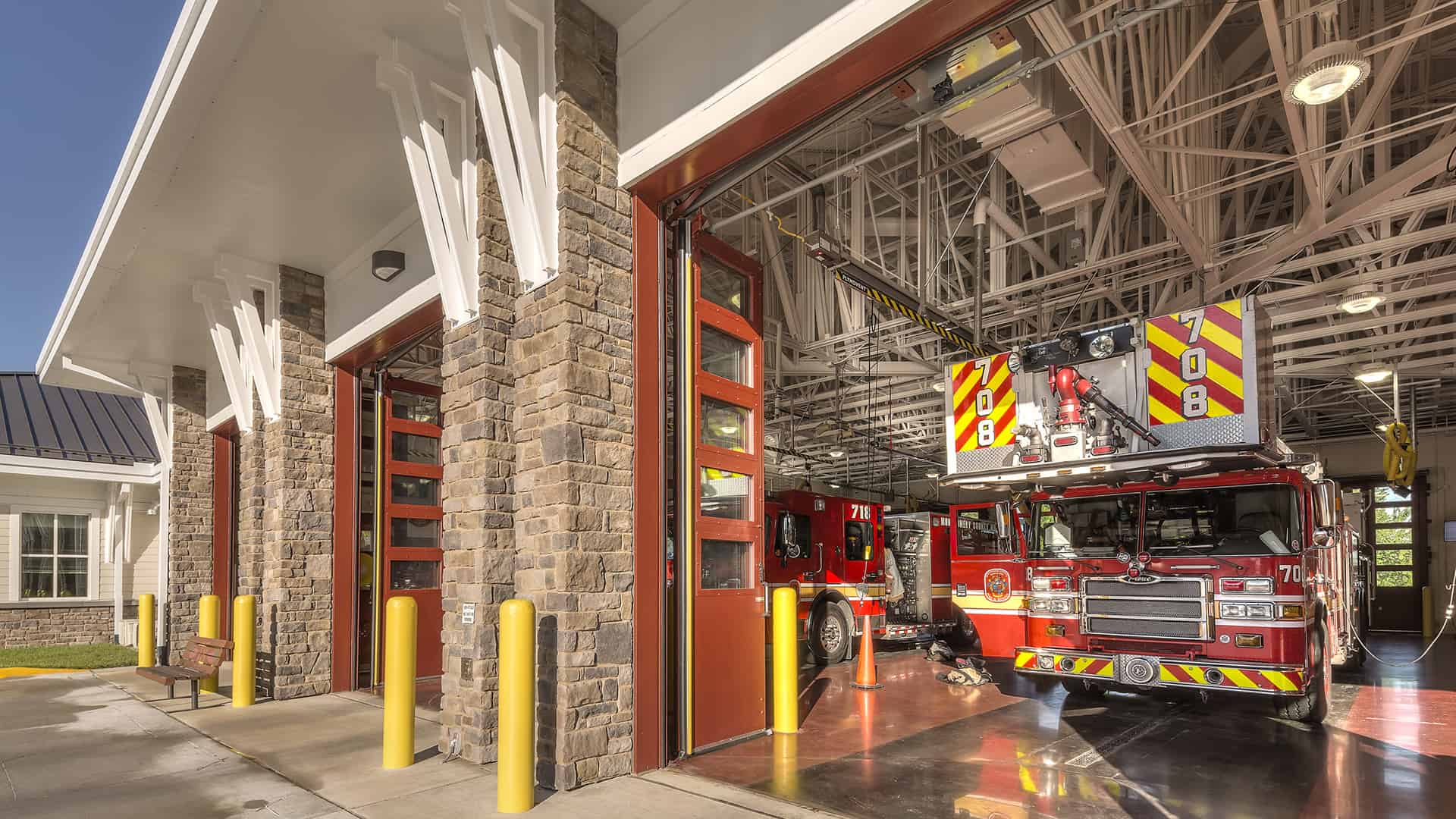A fire station brings to mind images of big red trucks, arched-topped garage doors, and a fire pole. It’s a place where firefighters gather, sharing meals and camaraderie. They wash trucks and check equipment together, forming a deep bond driven by their commitment to sacrifice for others’ safety. However, behind the romanticized portrayal lies the truth—firefighting is an extremely stressful and hazardous occupation, consistently ranking among the top ten most dangerous jobs.
COMMON STRESSORS FOR FIRE AND RESCUE PERSONNEL
Fire and rescue personnel face evident stressors. From rescuing victims of catastrophic accidents and entering burning buildings that may collapse at any moment to providing support during natural disasters, they deal with high-pressure situations regularly. However, they also face less obvious stressors daily, such as:
Carcinogen Exposure
Exposure to carcinogens at fire scenes and diesel exhaust from fire trucks has led the International Agency for Research on Cancer (IARC) to classify firefighting as “carcinogenic to humans” (Group 1). This classification indicates the strongest level of evidence that something can cause cancer.
Demanding Shift Work
The 24-hour shifts in busy stations disrupt sleep patterns. In some cases, sleep isn’t even an option! Evolving science shows that regular circadian rhythm disruption may increase the risk of certain cancers. The knowledge that their profession poses a 9% higher risk of cancer diagnosis, and a 14% higher risk of cancer-related mortality (compared to the general U.S. population) adds subconscious stress to these individuals.
MITIGATING THE RISKS
Over the past decade, there has been significant progress and changes in the firefighting profession regarding understanding the risks associated with firefighting and the sources of toxins that first responders encounter on the fireground.
- Firefighters are now advised not to remove their self-contained breathing apparatus (SCBA) after a fire is extinguished. Toxins can remain dense in the air on the fireground, posing a risk if inhaled without proper protection.
- The mantra “shower within the hour” emphasizes the importance of quickly washing off after firefighting to minimize the chance of toxins entering the body through the skin.
- Many agencies have introduced resources that allow firefighters to remove their personal protective equipment (PPE) and have it collected at the scene rather than returning to the station in their gear. This helps prevent contaminating the truck cab and eliminates gear off-gassing inside the station.
In the National Fire Protection Association (NFPA) codes and standards, Section 1851, known as Preliminary Exposure Reduction (PER), is currently being developed. The NFPA is also working on proposed Section 1585, which focuses on identifying and controlling areas in fire stations with concentrated contaminants.
These areas are categorized as Red, Yellow, and Green. The Red Area includes portions of the station likely to be exposed to contaminants or carcinogens. On the other hand, the Green Area consists of living, administrative, or public spaces considered uncontaminated within the emergency services facility. Yellow indicates areas that transition between Red and Green.
DESIGNING FOR FIREFIGHTER WELLNESS
As public safety architects, we must prioritize firefighter wellness in the design of fire stations. Beyond the standard separation of spaces and transition zones, we can implement strategies that actively reduce firefighter stress while they are at the station.
One crucial aspect is providing views and natural light in as many spaces as possible. According to the WELL Building Standard, exposure to natural light improves mood, alertness, and overall health. Windows throughout the facility and interior glazing allow light to penetrate deeper into the building.
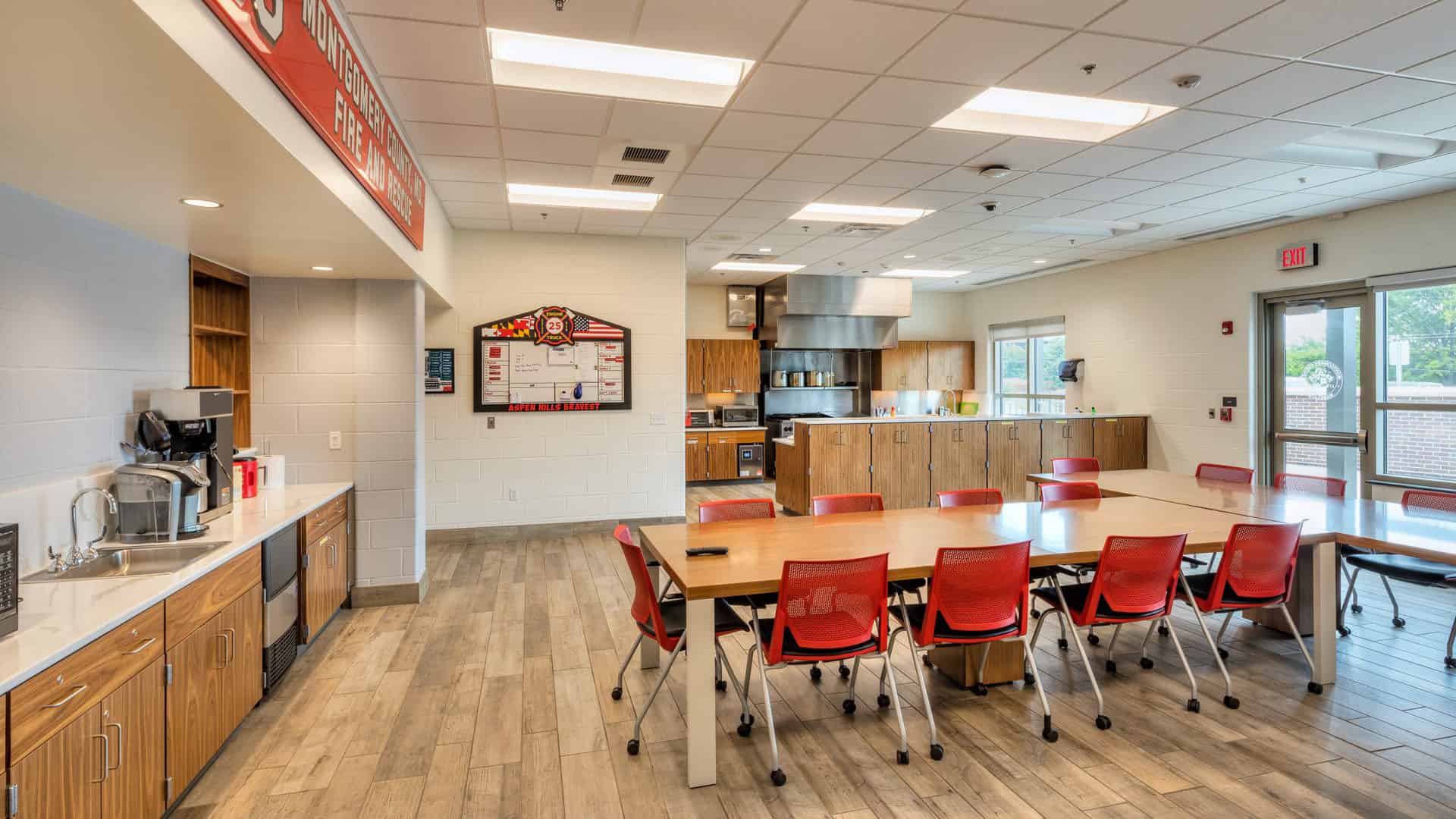
Furthermore, positioning the kitchen and dining areas along an exterior wall with access to an inviting outdoor space encourages firefighters to spend time outside, positively impacting their well-being. When designing these outdoor spaces, careful consideration should be given to factors such as compass orientation, views of natural features, various seating options (both group and individual), and providing shade. Fire station personnel often neglect or underutilize outdoor patio spaces when they are located next to busy and stressful areas like parking lots, high-traffic roads, or the apparatus apron. Organizing the building around a well-designed outdoor environment allows for views from various spaces within the station, including offices, conference rooms, dining areas, and lounges, fostering a stronger connection to nature.
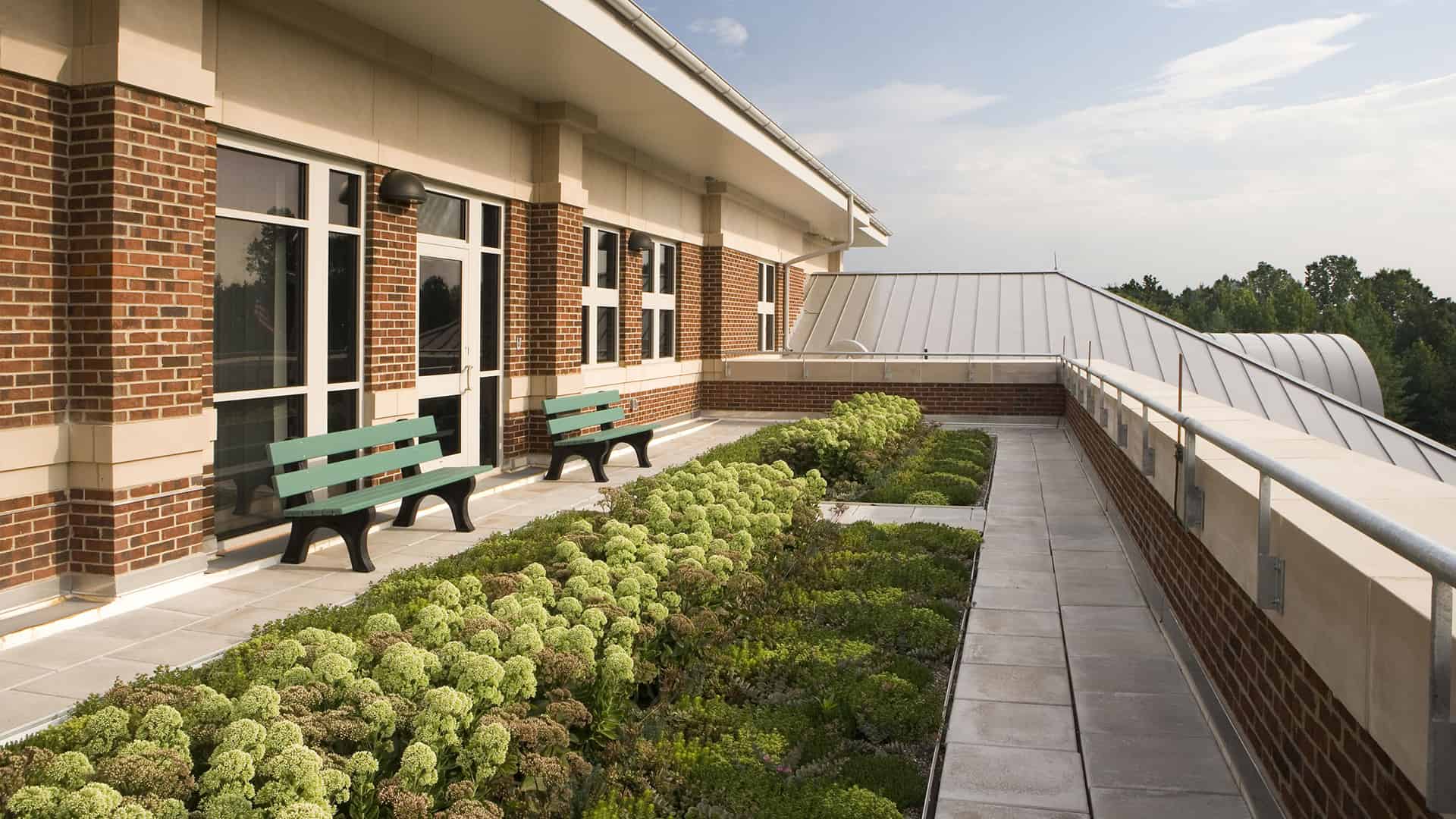
Additional Wellness-centered Design Elements
Garden Space
Some stations find value in growing their own food, whether it’s a station garden or a larger community garden. This allows direct contact with nature and fosters interaction with the communities served.
Respite
Providing dedicated relaxation spaces is also important for firefighter wellness. These areas should be solely for relaxation, regeneration, and well-being, free from other multi-purpose functions like trainings, meetings, or projects.
Fitness Areas
Fitness is critical for firefighters, so well-designed fitness rooms with access to views and the outdoors are essential. This encourages varied and multi-faceted workouts, such as high-intensity interval training, making exercise engaging for the crew. The fitness room location should be in a busy area of the station and visible from the corridor to ensure safety during solo workouts.
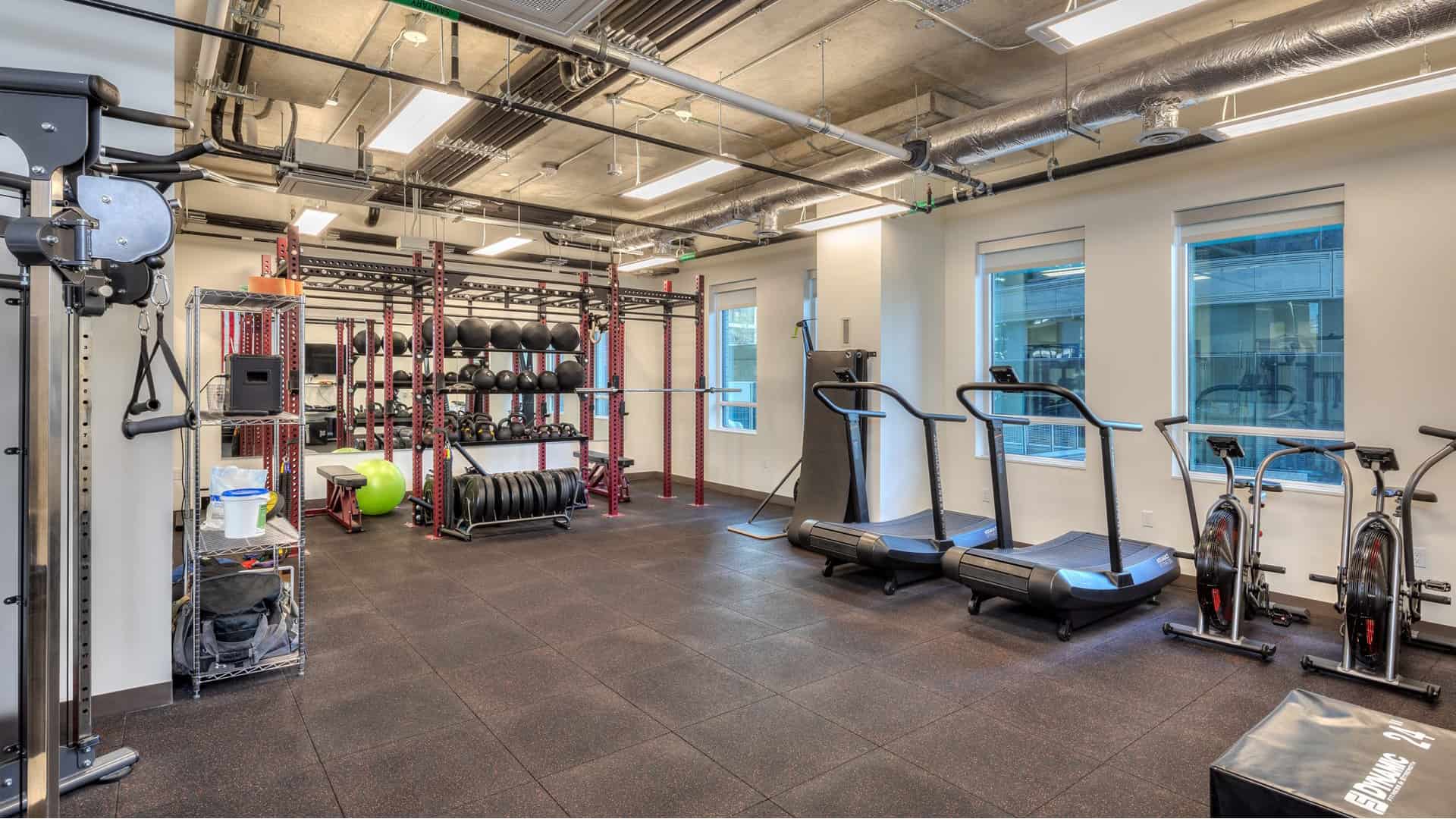
Biophilia
Incorporating biophilic elements into fire station design, such as natural textures, colors, and materials, significantly enhances wellness. Station crews tend to initially lean toward using red in the station’s interior color palette. However, incorporating softer colors such as blues, greens, and natural tones lends to stress reduction and wellness. Selecting durable, easy-to-maintain materials further supports the longevity of the space.
IN SUMMARY
Fire stations are like a “home away from home” for first responders. Designing these facilities should meet functional requirements and prioritize the health and well-being of the firefighters who dedicate their lives to protecting others.
